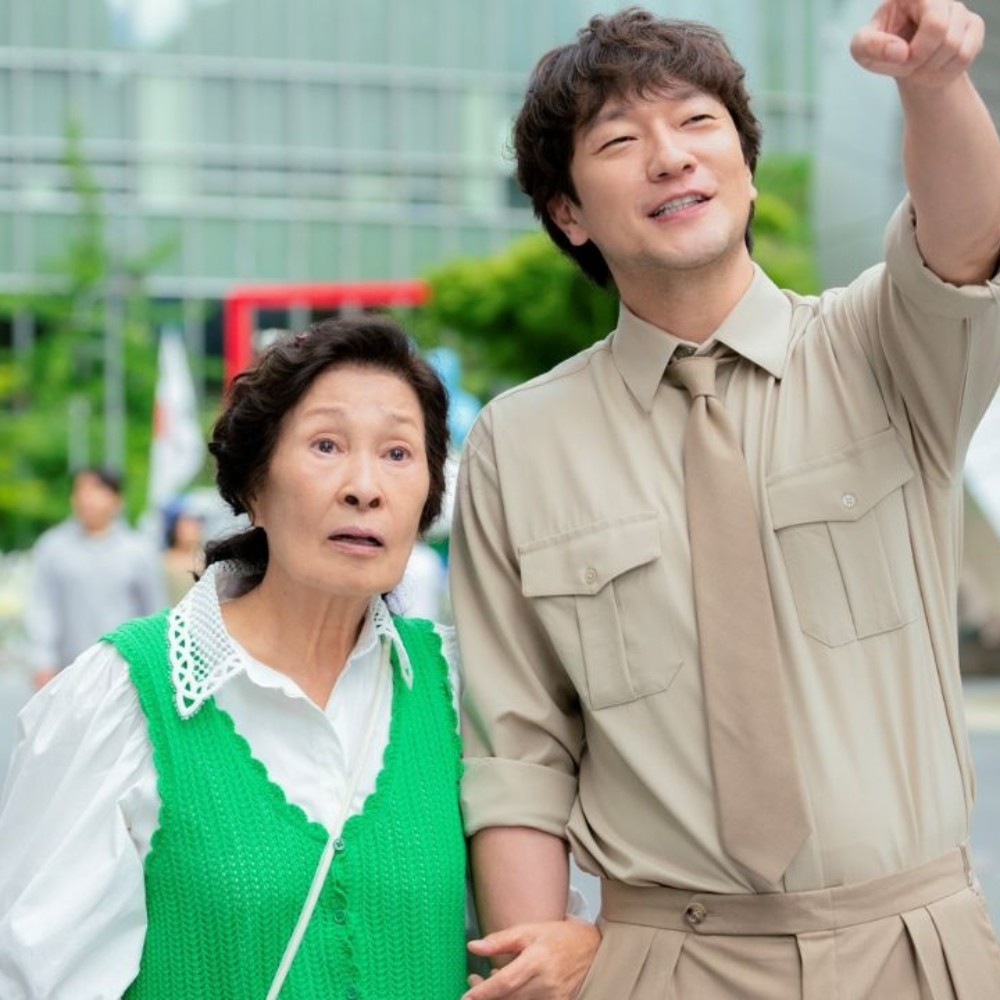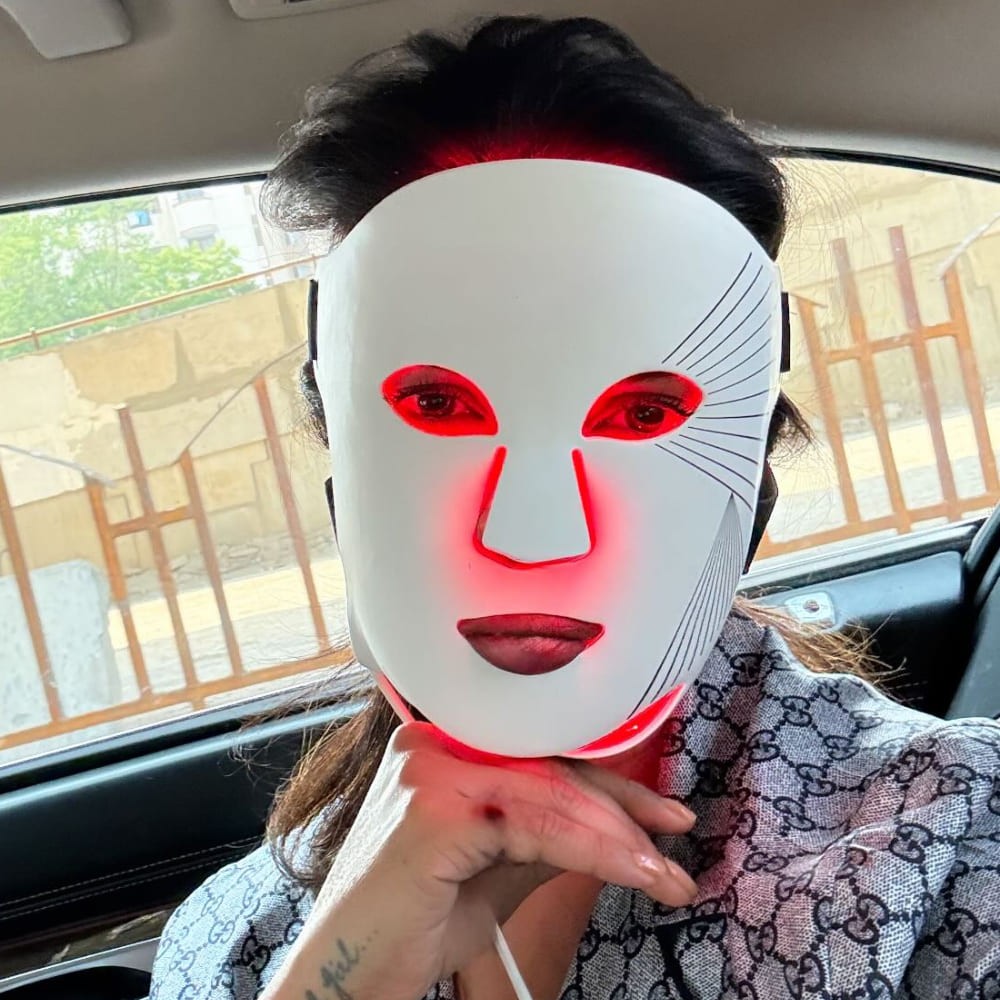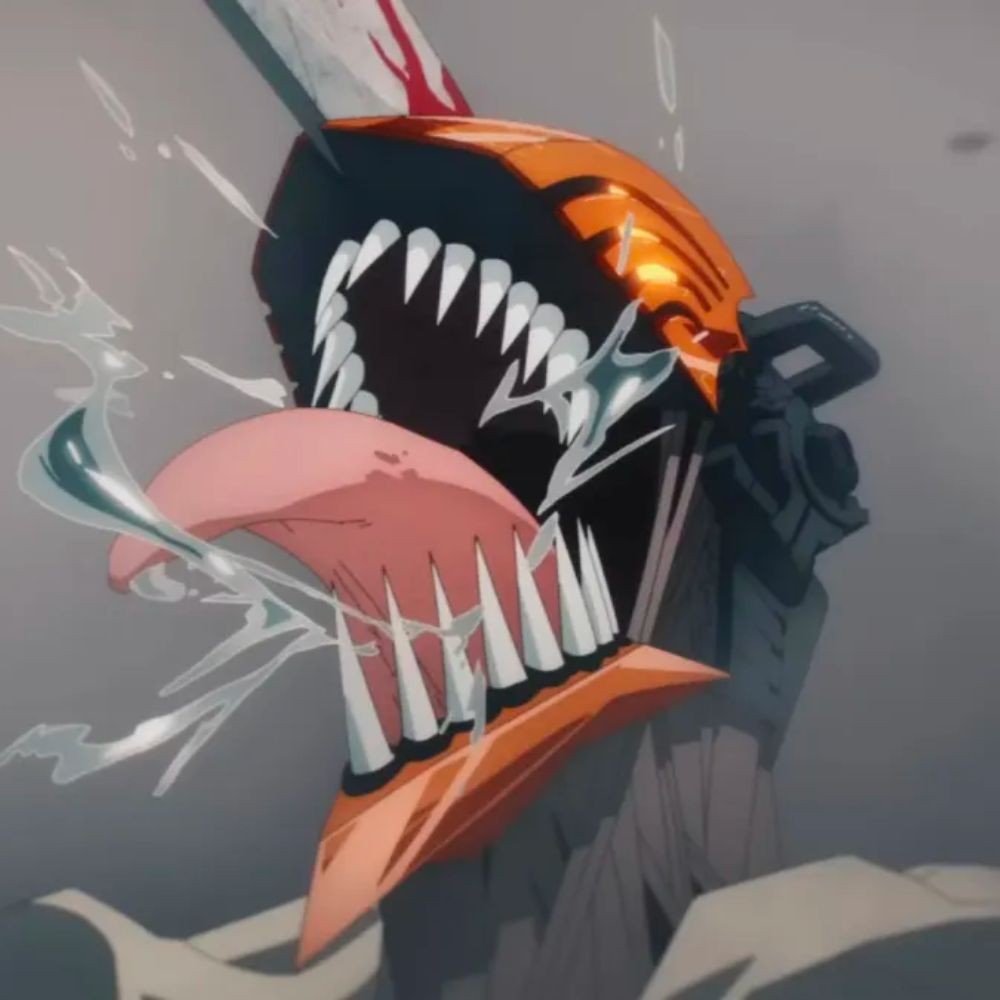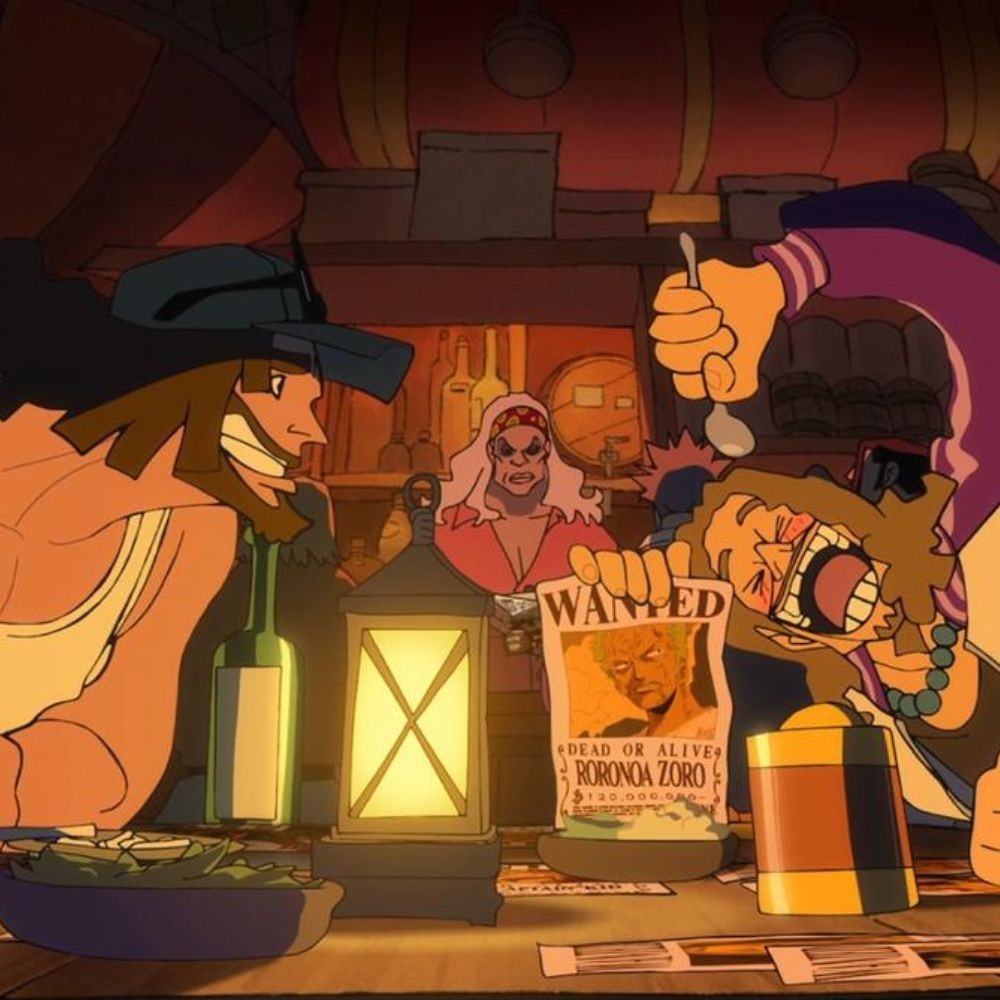Suzume Ending EXPLAINED: A Journey Through Time And Space
Suzume's finale left many puzzled, exploring time and self-discovery. Navigate the young girl's journey through past and future selves here, and find out more about the movie.
![Suzume [Makoto Shinkai, CoMix Wave Films, Story Inc., Crunchyroll] Suzume [Makoto Shinkai, CoMix Wave Films, Story Inc., Crunchyroll]](https://www.pinkvilla.com/images/2024-03/210498211_suzume-daijin-the-western-keystone.jpg)
Makoto Shinkai’s breathtaking Suzume no Tojimari (aka Suzume) was released in 2022, and revolves around a young girl who has a serendipitous encounter that takes her on a profound journey through time. While the plot may seem complex at first glance, especially its ending, a closer examination reveals an emotional story that resonates deeply with viewers. Let’s delve into the intricate layers of this cinematic gem and unravel the ending of Suzume; beware, however, as spoilers lie ahead.
![Suzume [Makoto Shinkai, CoMix Wave Films, Story Inc., Crunchyroll] Suzume [Makoto Shinkai, CoMix Wave Films, Story Inc., Crunchyroll]](https://www.pinkvilla.com/images/2024-03/1711029187_suzume-iwata-suzume.jpg)
Suzume no Tojimari recap
Before what the movie’s ending could possibly mean, lets recap what the story was about – after all, how can we decipher the significance of the end without understanding the events leading up to it?
Suzume no Tajimari follows Suzume Iwato, a 17-year-old high school student in Japan's serene Kyushu region in 2023. During her daily commute, she encounters a young man searching for an abandoned area with a door. Guiding him to a deserted onsen resort, Suzume's curiosity leads her to discover a standalone door, revealing a starlit field she can't access. A real cat emerging from a statue startles her, prompting a hasty return to school.
At lunch, Suzume alone notices a massive smoke column from the resort, rushing back to find the man struggling to close the door. Together, they succeed, coinciding with a nearby earthquake. Inviting the man, Souta Munakata, to her home, Suzume learns of his role as a Closer tasked with sealing specific doors to prevent a supernatural Worm from causing earthquakes. The cat, Daijin, transforms Souta into a chair, leading them to Ehime, where they close another door with the help of local, Chika Amabe.
![Suzume [Makoto Shinkai, CoMix Wave Films, Story Inc., Crunchyroll] Suzume [Makoto Shinkai, CoMix Wave Films, Story Inc., Crunchyroll]](https://www.pinkvilla.com/images/2024-03/1711029188_suzume-souta-the-chair.jpg)
Their journey continues to Kobe, where Daijin guides them to an abandoned amusement park ferris wheel, thwarting the Worm's emergence. Souta introduces Suzume to the Ever-After, a realm for departed souls accessed through the doors. In Tokyo, Souta reveals the imminent Worm threat and his family history, with Daijin passing his keystone function to Souta, transforming him into a keystone.
Awakening at a Tokyo shrine, Suzume discovers her previous connection to the Ever-After, determined to save Souta. Returning to her hometown in the Tohoku region, Suzume embarks on a quest with Souta's friend, Tomoya Serizawa, and Suzume’s aunt, Tamaki, possessed by the eastern keystone Sadaijin. Discovering the necessary door, they enter the Ever-After, aiding Souta in resealing the Worm with Daijin's sacrifice.
Witnessing her past self, Suzume imparts strength through a childhood chair, leading her young self to return to the past. Suzume and Souta part ways, cherishing the friendships forged. In a nostalgic Kyushu school encounter, Suzume reunites with Souta, marking a moving reunion at their initial meeting spot.
![Suzume [Makoto Shinkai, CoMix Wave Films, Story Inc., Crunchyroll] Suzume [Makoto Shinkai, CoMix Wave Films, Story Inc., Crunchyroll]](https://www.pinkvilla.com/images/2024-03/1711029188_suzume-sadaikin-the-eastern-keyston-and-daijin-the-western-keystone.jpg)
Explaining Suzume ending in relation to Japan’s natural disasters
In Suzume, the ending is not just a culmination of events but a weighty reflection of Makoto Shinkai's thematic exploration of Japan's perseverance in the face of natural disasters, particularly inspired by the Great East Japan Earthquake of 2011. The movie serves as a vessel to convey Shinkai's message, mirroring his evolving response to this tragedy through his recent filmmaking endeavors.
At its core, Suzume is a journey through the landscapes of Japan, both physical and emotional. The abandoned places represent the aftermath of disasters, highlighting the country's tenacity when faced with loss and desolation. Through Suzume's encounters with the metaphysical doors and her mission to close them, the film underscores the importance of accepting the past and embracing hope for the future.
![Suzume [Makoto Shinkai, CoMix Wave Films, Story Inc., Crunchyroll] Suzume [Makoto Shinkai, CoMix Wave Films, Story Inc., Crunchyroll]](https://www.pinkvilla.com/images/2024-03/1711029188_suzume-suzume-and-souta-the-chair.jpg)
The metaphysical elements, such as the Worm and the Ever-After, represent the destructive power of nature and the interconnectedness of time. Meeting her future self within the Ever-After signifies Suzume's realization of her own resilience and the continuity of life despite tragedy – in this case, the loss of her parents in the disaster. The character of Souta who remained a broken children's chair for most of the film, adds a whimsical yet moving layer to the story – his confinement mirrors the feeling of being trapped, a sentiment echoed by many during the COVID-19 pandemic, and served as a parallel to the emotional and physical constraints faced by individuals in the wake of such disasters.
Shinkai's deliberate inclusion of references to Hayao Miyazaki's work, such as the talking cat and iconic pop songs from Kiki's Delivery Service, further enriches the thematic depth of Suzume. It serves not only as an homage but also as a reflection of the shared cultural experience and the continuity of storytelling traditions in Japan.
![Suzume [Makoto Shinkai, CoMix Wave Films, Story Inc., Crunchyroll] Suzume [Makoto Shinkai, CoMix Wave Films, Story Inc., Crunchyroll]](https://www.pinkvilla.com/images/2024-03/1711029187_suzume-iwata-suzume-gifting-the-chair.jpg)
Suzume and time: a time loop paradox
Central to the ending is Suzume's encounter with her past self, a moment that delves deep into the complexities of time. The film's exploration of the fifth dimension is enriched by the concept of the Ever-After, where all time exists simultaneously. This notion allows for the convergence of past, present, and future, blurring the boundaries of conventional chronology. Suzume's journey through the Ever-After illuminates the interconnectedness of her experiences, bridging the gap between childhood innocence and adult understanding.
Initially, present Suzume believed she had been meeting her mother, a memory faded with the passage of time. However, the person she actually met was her grown-up self. This narrative twist highlights the concept of meeting one's future self, an idea often depicted in storytelling to imply a time-paradoxical situation – had she not met herself in the past, she would never have left Ever-After, thereby making the journey of the film become nonexistent. Furthermore, had Suzume not given the beloved chair ‘from her mother’ to her past self, the past Suzume would not have cherished the chair till the present, and Souta would not have become that chair in the first place.
In essence, the ending of Suzume intricately weaves together themes of time, self-discovery, and the human spirit. Through Suzume's transformative journey and her encounter with her past self, the film offers a compelling meditation on the cyclical nature of existence and the profound impact of natural disasters.
For more explanations and updates from the world of anime, stay tuned to Pinkvilla.





 JOIN OUR WHATSAPP CHANNEL
JOIN OUR WHATSAPP CHANNEL








































